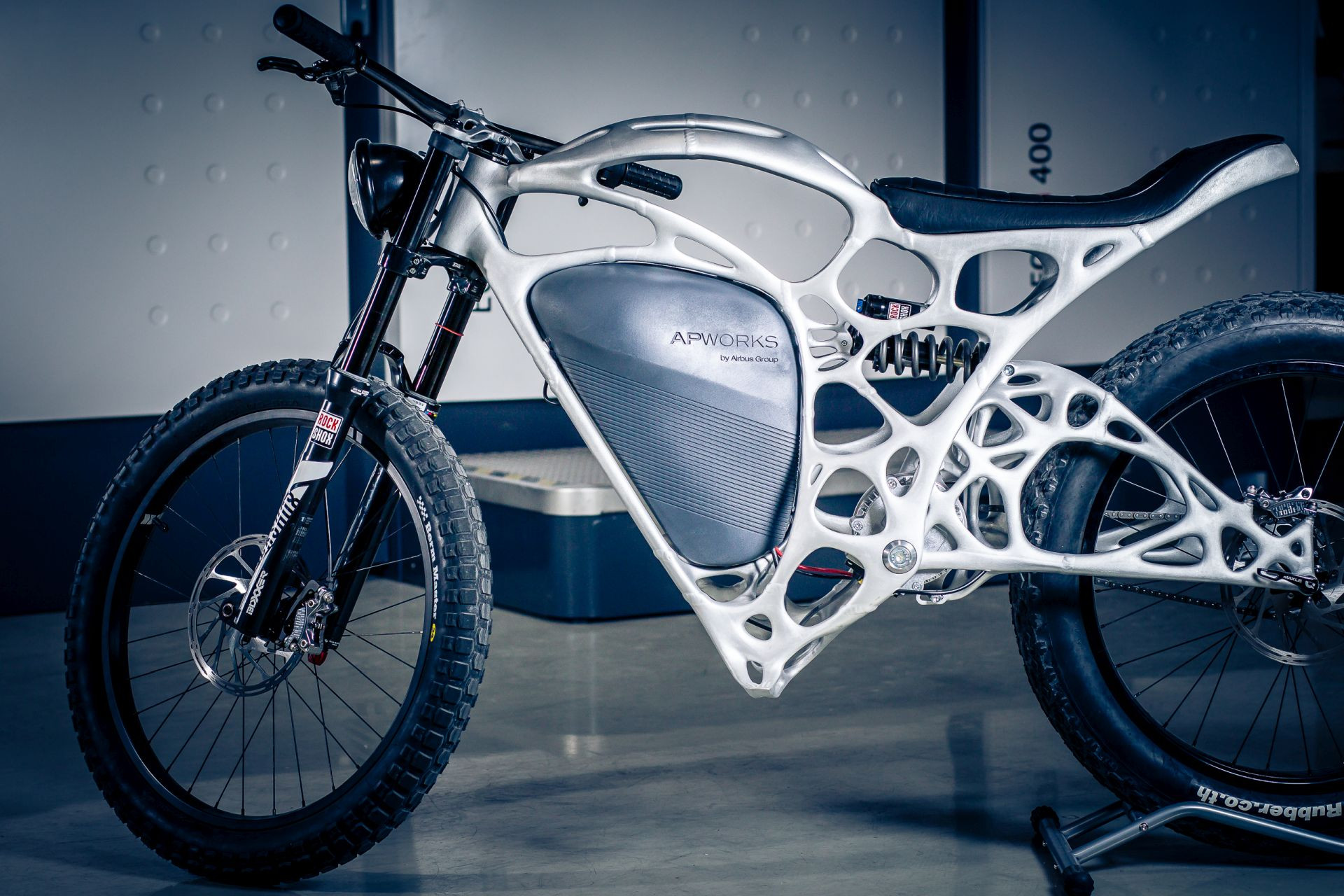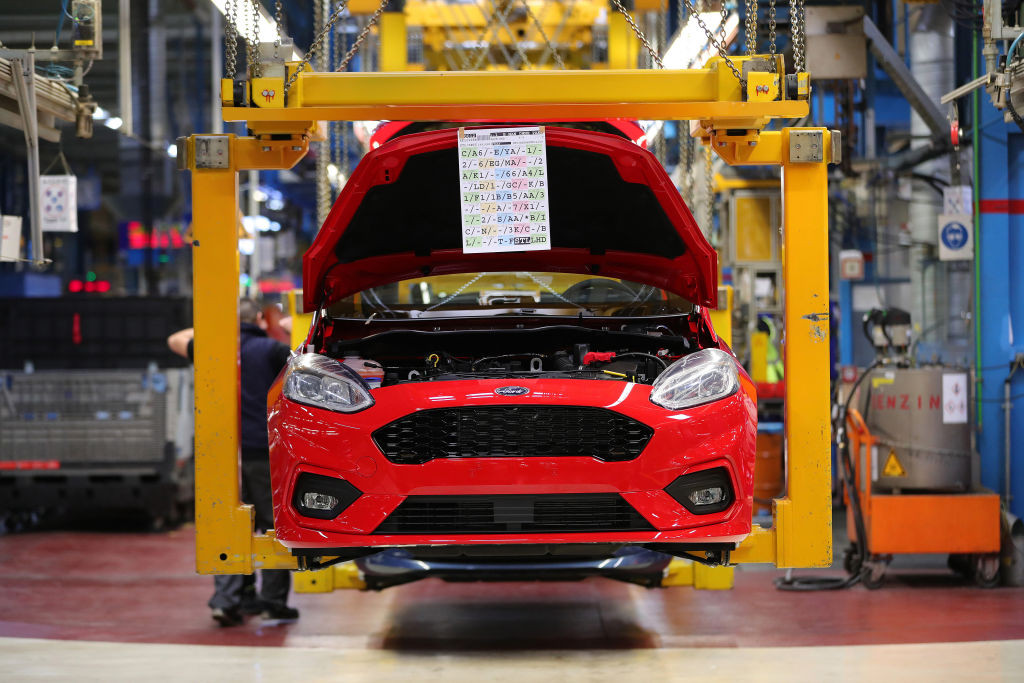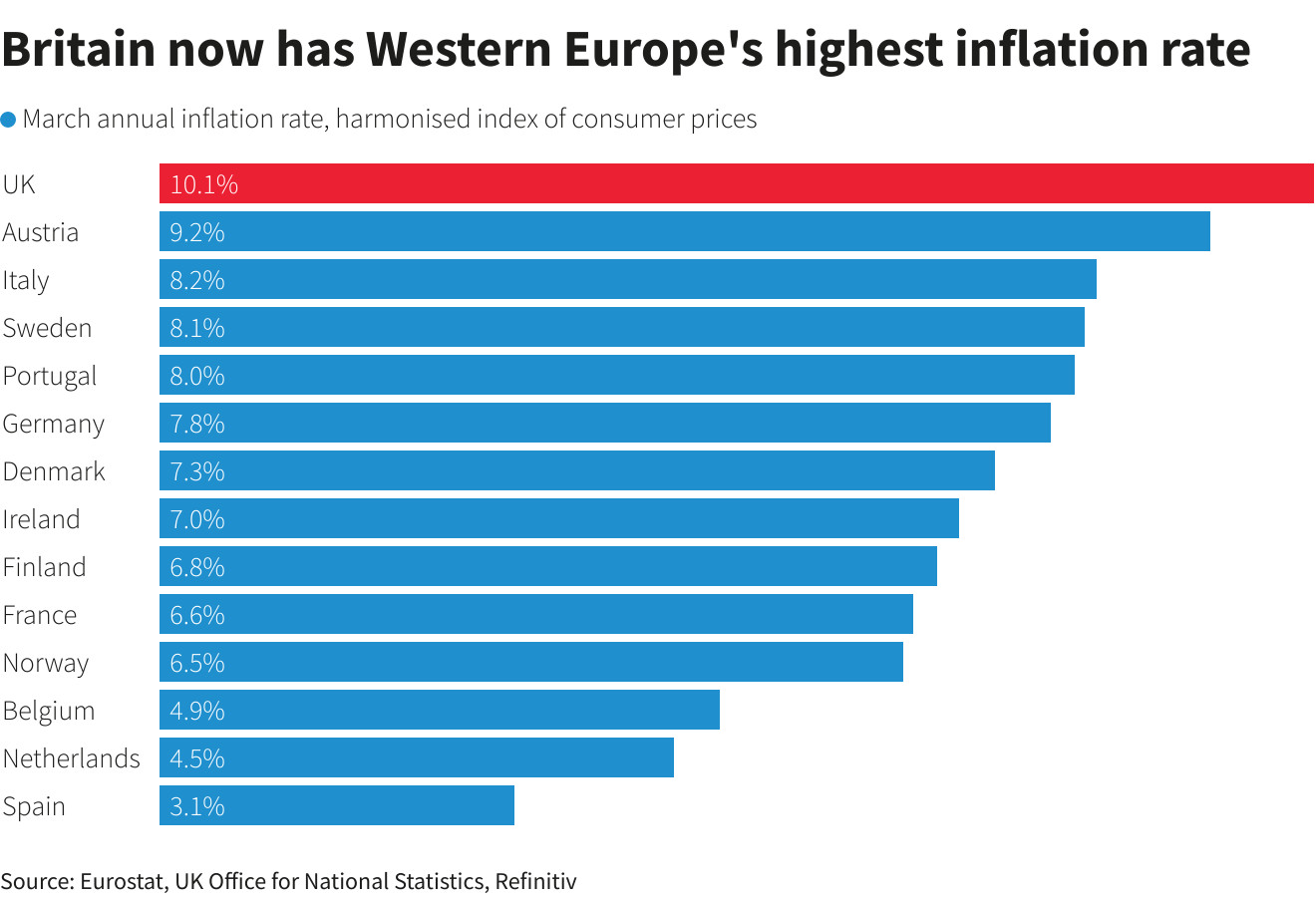Those involved in product development understand it is a deeply iterative process driven by strict timetables, and the path is riddled with trial-and-error. Competition and profitability create extreme pressure to make the design marketable as soon as possible. As a time-bounded exercise, it is not a matter of getting the design done but instead getting it good enough within the allotted time. When it comes time to manufacture an early revision, it’s like taking a picture of a growing child: a moment frozen in time. The development process continues even as those early revisions are being manufactured. So, when you think about it, it is yesterday’s part made today. If only there were more time, the design could almost always be improved. Excess material could be removed to reduce weight, increase surface area to improve cooling, or improve the flow characteristics of air or liquid. Maybe even just improving aesthetics and adding a bit of style can make a difference. Designers are often left with mixed emotions, both proud of their work but realizing that not all their ambitions were met.
The promise of generative design is enticing. CAD development that would normally take weeks or months could be condensed into days or hours, allowing tomorrow’s part to be made today. Generative processes perform hundreds or thousands of tasks to the CAD model automatically based on carefully crafted rules, creating a compliant, manufacturable design. The experience is the CAD designer’s equivalent of transitioning from sewing by hand to using a sewing machine. It can require a shift of mindset that instead of practicing a craft, you are now wielding a productive machine. Technologies like AI, cryptocurrency and video graphics have spurned large advancements in processor and graphics technology in recent years. 3D CAD software is enjoying this tailwind and generative design is more accessible than ever. Whereas the typical computer just a few years ago would slow to a crawl calculating these complex processes, modern computers can perform many of these tasks nearly instantly.
Generative Design in Action
Increasingly, canned generative functionality is being introduced into the most common CAD software packages. These allow even novice CAD designers to implement these complex procedural processes into their design without having to understand the complex math under the hood. Voronoi patterns—a variant of tessellation—and minimal surfaces are downright trendy nowadays in 3D printing. In flexible plastics like thermoplastic polyurethane (TPU), Voronoi lattices create pliable structures similar to foam. Minimal surfaces create strong and lightweight structures but are also used in diverse applications such as fluid mixing and heat exchangers. Both make visually striking and futuristic printed parts.
Pushing the Boundaries of Design
On the other end of the spectrum, generative design allows pioneers to push the needle and explore what is at the edge of possibility. At the frontier is advanced topology optimization and integration with AI and machine learning. Some advanced processes are akin to how ants dig their colonies or how fungus spreads to find a food source. These designs are highly complex and unfeasible for a person to design without the aid of such automation. Perhaps the most exciting aspect of generative design is that it allows designers to ruthlessly explore the entire solution space for an available part, sometimes having hundreds of potential design solutions to review. This sheer diversity of design would not be possible using human effort alone, and it opens interesting applications for mass customization. The historic bias in manufacturing is for each part to be as similar as possible to the previous one, but generative design allows the opposite approach to be explored, allowing each part to be as different as possible while still being functional and meeting engineering requirements. In the further future, generative AI may design not just individual parts but entire complex assemblies.
Beyond 3D Printing: Exploring New Horizons
While additive manufacturing seems to pair naturally with generative design and can most easily leverage the design freedom, generative design is increasingly being used in other manufacturing processes. Recently, NASA and Protolabs showed the world that generative design can create complex and optimized designs for 3-axis CNC machining in an afternoon (and receive the parts the next day). Other exciting avenues are origami-like approaches to folding sheet metal or complex wire bending operations.
The Future of Generative Design
Only time will tell if generative design makes good on its promise, but it is exciting to see the future unfold on this iterative technology. Generative design has the potential to revolutionize product development by enabling engineers and designers to create optimal designs quickly and efficiently. As the technology continues to evolve, we can expect to see even more innovative applications emerge in various industries.
The Growing Market for Generative Design
The Global Generative Design Market is estimated to be valued at US$ 4.02 Bn in 2024 and is expected to reach US$ 11.58 Bn by 2031, exhibiting a compound annual growth rate (CAGR) of 16.3% from 2024 to 2031. This market research report examines key players such as: NVIDIA Corporation, Paramatters, and Siemens AG. The latest market intelligence report published by CMI with the title "Global Generative Design Market 2024, Growth Opportunities, and Forecast" provides actionable insights on Information and Communication Technology industry. The report provides demand analysis, industry insights, competitive intelligence, and customer database. The Research report on Generative Design Market presents a complete judgment of the market through strategic insights on future trends, growth factors, supplier landscape, demand landscape, Y-o-Y growth rate, CAGR, pricing analysis. It also provides and a lot of business matrices including Porters Five Forces Analysis, PESTLE Analysis, Value Chain Analysis, 4 Ps’ Analysis, Market Attractiveness Analysis, BPS Analysis, Ecosystem Analysis.
Key Trends Driving Growth
Advancements in AI and Machine Learning: The integration of artificial intelligence (AI) and machine learning into generative design tools is enhancing their capabilities, allowing for more sophisticated and efficient design solutions.
Rising Demand for Customization: The need for highly customized and optimized designs in various industries, including aerospace, automotive, and architecture, is driving the adoption of generative design, which enables the creation of bespoke and efficient solutions.
Focus on Reducing Material Waste: Generative design helps in optimizing material usage and reducing waste by generating design options that use minimal material while maintaining structural integrity and performance.
The Future is Generative
The future of generative design is bright. As AI and machine learning continue to evolve, we can expect to see even more innovative applications emerge. Generative design has the potential to revolutionize product development, leading to more efficient, sustainable, and innovative products. It is a technology that is sure to have a profound impact on the world in the years to come.


















